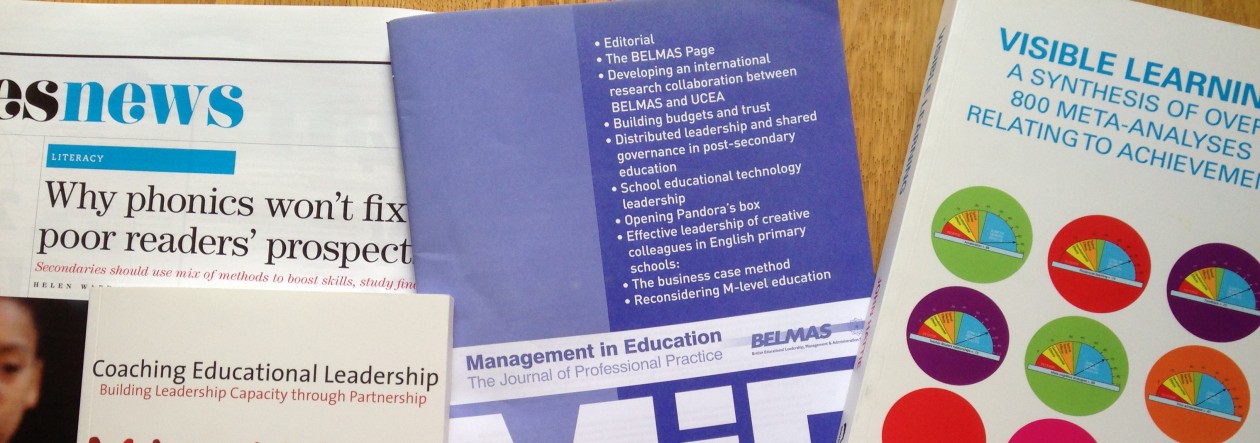The area of high-stake testing and its effect on curriculum breadth raises a lot of discussion. This NFER review goes some way in helping the debate by putting forward some research findings.
This is always useful, because, as usual, a lot of teachers will argue a case based on their experience at best, or a gut-feeling that becomes interpreted as fact.
The authors point out that: “A number of themes emerged from the literature, although the limited nature of the evidence base means that findings must be interpreted with extreme caution.”
Here are some extracts taken directly from the report:
“In this review, we define accountability broadly as a government’s mechanism for holding educational institutions to account for the delivery of high quality education. The idea that the practice of accountability can contribute directly to improvements in education is a powerful one that underpins policy. Paradoxically, though, some hold that accountability systems can also produce negative impacts on education, making it more difficult for schools to deliver the sought after quality.”
“We mapped the main features of accountability systems for primary education in 13 international jurisdictions… England, Wales, Australia (New South Wales), Canada (Alberta), Estonia, Finland, Germany, Poland, Japan, New Zealand, Singapore, USA (Massachusetts) and Sweden.”
Summaries:
England and Wales operate a statutory national assessment programme in the primary phase of education. The assessments are used to hold schools accountable for pupil attainment and progress, although in different ways. In both , statutory external evaluation is carried out; this involves school inspection.
There is a requirement for school self-evaluation.
In Australia, there is statutory national assessment in the primary phase used to hold schools to account.
In Japan, there is statutory national assessment at the end of the primary phase. They are not used to hold schools accountable for pupils’ attainment and progress.
It operates a system of statutory external evaluation which includes school inspection.
New Zealand operates a national monitoring assessment in the primary phase(NMSSA) . It isn’t used to hold schools to account. It is based on nationally representative samples and does not test the cohort of pupils as a whole, but gives an over-all picture of pupil performance.
Singapore operates a self-assessment model (the School Excellence Model, or SEM). Schools self-evaluate and also undergo external validation. There is statutory national assessment of pupils at the end of the primary phase to determine pupils’ secondary school pathways.
In general it appears that high-stake testing has an unintended impact of narrowing the curriculum.
“The introduction of high-stakes testing in Australia is regarded, by some, as the harbinger of undesirable practices described as ‘gaming the system’, leading away from the provision of a broad curriculum.” p 12
“In 2010, New Zealand saw the introduction of national standards in schools. Following an expert consultation, it was reported that
there were concerns that ‘the introduction of Standards increases the risk of a narrower focus on numeracy and literacy in primary schools’. From 2018 onwards, these National Standards will be removed again, to be replaced with the National Monitoring of Student Achievement.” p 12-13
It is worth looking at the section: The increasing achievement gap as consequence of high-stakes accountability on p 18
